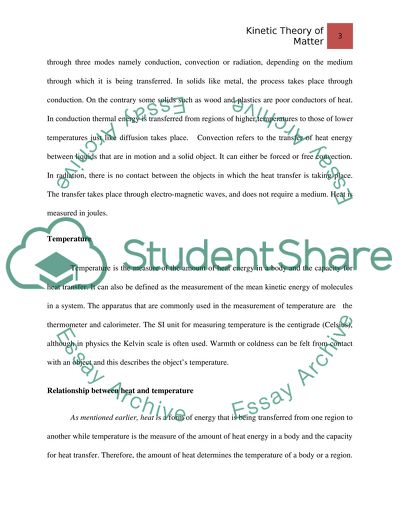Cite this document
(“Kinetic Theory of Matter Essay Example | Topics and Well Written Essays - 1000 words”, n.d.)
Retrieved from https://studentshare.org/physics/1433376-kinetic-theory-of-matter
Retrieved from https://studentshare.org/physics/1433376-kinetic-theory-of-matter
(Kinetic Theory of Matter Essay Example | Topics and Well Written Essays - 1000 Words)
https://studentshare.org/physics/1433376-kinetic-theory-of-matter.
https://studentshare.org/physics/1433376-kinetic-theory-of-matter.
“Kinetic Theory of Matter Essay Example | Topics and Well Written Essays - 1000 Words”, n.d. https://studentshare.org/physics/1433376-kinetic-theory-of-matter.


